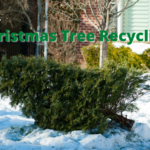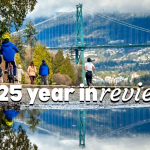Wetlands at Work in Stanley Park
This post has been contributed by the Kathleen Stormont, SPES Communications Specialist with the Stanley Park Ecology Society (“SPES”).
It may be sunny and dry in Vancouver right now, but we all know that will change come the fall. With over a meter of rainfall in Vancouver each year, storm water management is a key priority for city planners and environmental scientists alike. Storm runoff often contains high levels of heavy metals and other environmental pollutants that can put vulnerable ecosystems at risk. One way to help manage storm water pollution is through the creation of manmade or engineered wetlands like the one found in the northwest corner of Lost Lagoon.
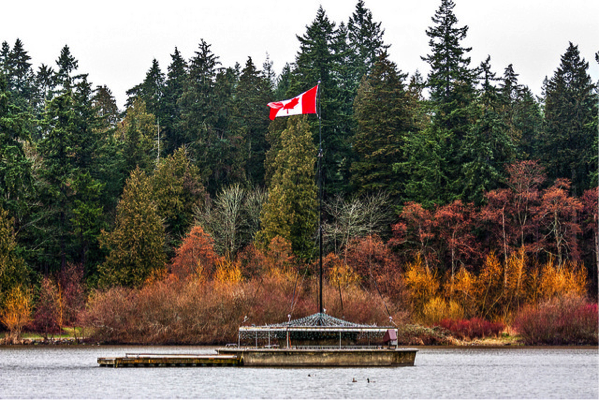
Shrubs lining Lost Lagoon’s northeast shore hide the hard working wetland behind them. Photo: Andre Chan.
Many species of aquatic plants have the ability to capture heavy metals from the water table, storing them where they may be broken down further by a host of different microorganisms. Not only do these wetlands help filter out heavy metals, they also have the added benefit of providing important habitat for birds and other wildlife. In fact, Lost Lagoon’s resident beavers liked the engineered wetland so much, they decided to build their second lodge there.
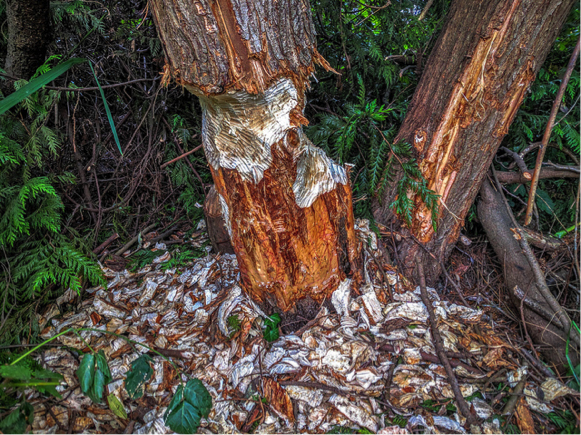
Beavers leave their mark by the Lost Lagoon wetland. Photo: Dannie Piezas.
Stanley Park Ecology Society, along with KWL consultants and the UBC Department of Civil Engineering, partnered up to further study the effectiveness of engineered wetlands in Stanley Park. With over 50,000 vehicles passing by Lost Lagoon each day, this is a prime location to test for heavy metal runoff.
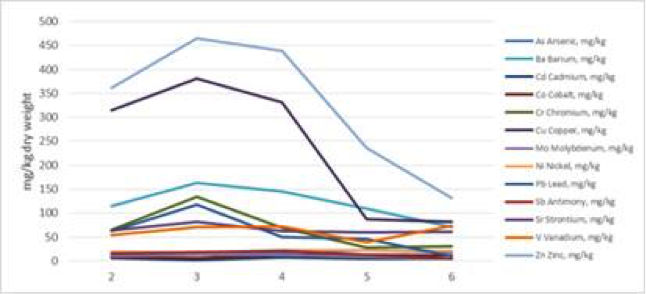
Changes in heavy metal concentrations between
a wetland entrance and its exit.
Courtesy: UBC Civil Engineering, Jessica Noble.
UBC Civil Engineering student Jessica Le Noble has been studying the effectiveness of the wetland in Lost Lagoon as part of her master thesis. To better verify that the engineered wetlands are meeting water treatment objectives, Jessica hopes to develop a DNA based monitoring tool that can measure the genetic differences of microbes in the soils of wetlands that have trapped heavy metal pollutants. It is hypothesized that wetland microbial communities change in composition and function as stormwater moves through the wetland, is filtered, and its pollutant levels drop towards the wetland exit.
Next time you’re taking a leisurely walk around Lost Lagoon, be sure stop and to stop and check out this hard working wetland, and watch for a beaver or two adding their own engineering to the landscape.






